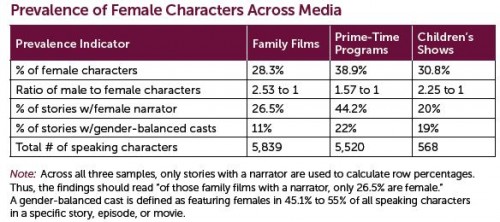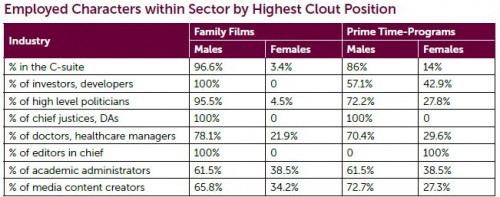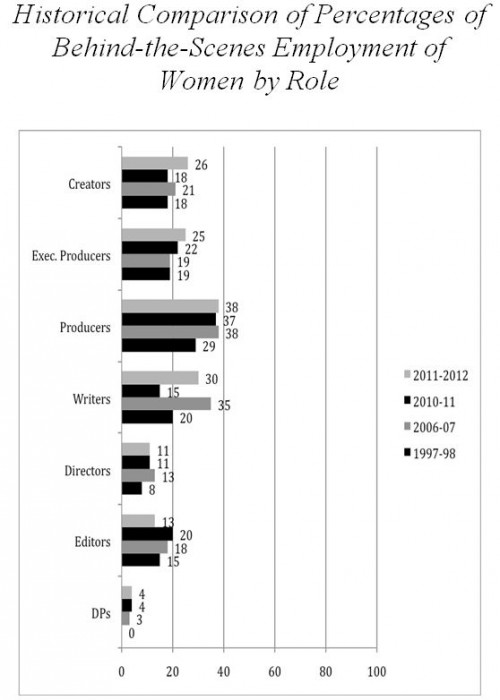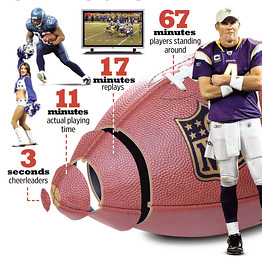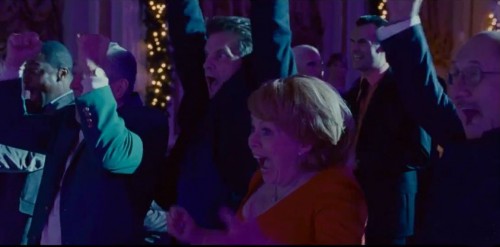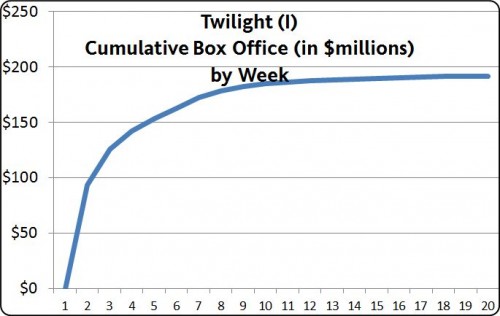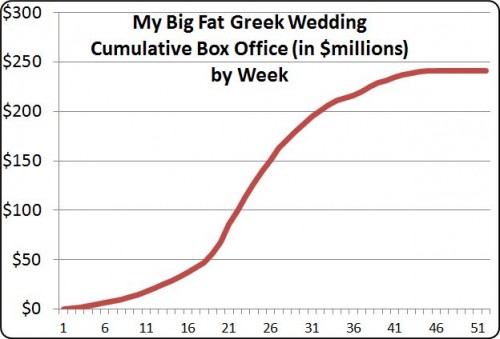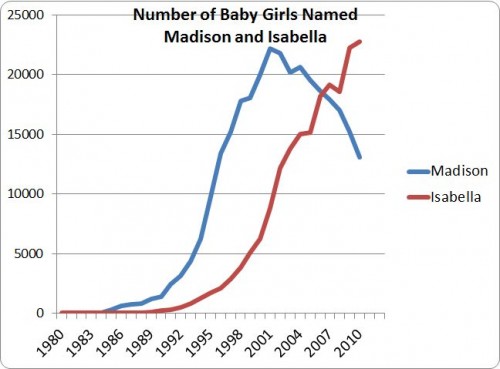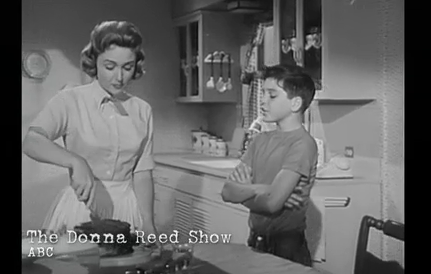Re-posted to add to the discussion about sexual assault in the aftermath of the Steubenville rape trial, the Senate hearing on rape and harassment in the military, and the controversy at Occidental College.
 The other day I came upon a post by Margaret Lyons at Vulture pointing out the frequent use of rape jokes in sitcoms this season. A number of sitcoms, especially Two Broke Girls, Whitney, and Work It included scenes where rape served as a punchline. Lyons explains what particularly bothers her about this is that references to rape are being used simply as a “shorthand for outrageousness,” a way to cue the audience that they’re watching a show that is bold and daring, that will say anything!
The other day I came upon a post by Margaret Lyons at Vulture pointing out the frequent use of rape jokes in sitcoms this season. A number of sitcoms, especially Two Broke Girls, Whitney, and Work It included scenes where rape served as a punchline. Lyons explains what particularly bothers her about this is that references to rape are being used simply as a “shorthand for outrageousness,” a way to cue the audience that they’re watching a show that is bold and daring, that will say anything!
The post includes a video of clips of a lot of these rape-joke scenes from this season, showing how frequently and casually they’re included. Clearly, these could be particularly upsetting for some readers:
I’ve been thinking about posting the video for a couple of days, but then Jeremiah J. sent in a link to a post that captures what I find problematic about how rape is used in TV and movies so much better than I ever could. Film critic and screenwriter Drew McWeeny posted a lengthy article at HitFix about reaching the breaking point in his ability to watch gratuitous rape scenes in movies. McWeeny explains,
It seems to me that somewhere along the way, it was decided that the easiest way to make an audience uncomfortable was to have someone rape a character onscreen. I must see 30 films a year where somebody needs to have “something bad” happen, and the go-to impulse in almost every case is rape. It is guaranteed to cause a visceral reaction, even when the scenes are badly staged and lazy, which most of them are.
…the point has been more than made on film that rape is a terrible thing, and at this point, if you’re not contributing some new idea to the conversation, then you are literally just using it as a button, something you push to get a response, and that unnerves me.
I think McWeeny’s points are relevant to a discussion of sitcoms’ use of rape jokes as well, because in both cases rape is often being used as a “button,” a lazy, predictable way to get a reaction from an audience and mark the show or movie as one that’s audacious and pushes boundaries. You really must read McWeeny’s full original post, as he eloquently explains why this matters.
Gwen Sharp is an associate professor of sociology at Nevada State College. You can follow her on Twitter at @gwensharpnv.

